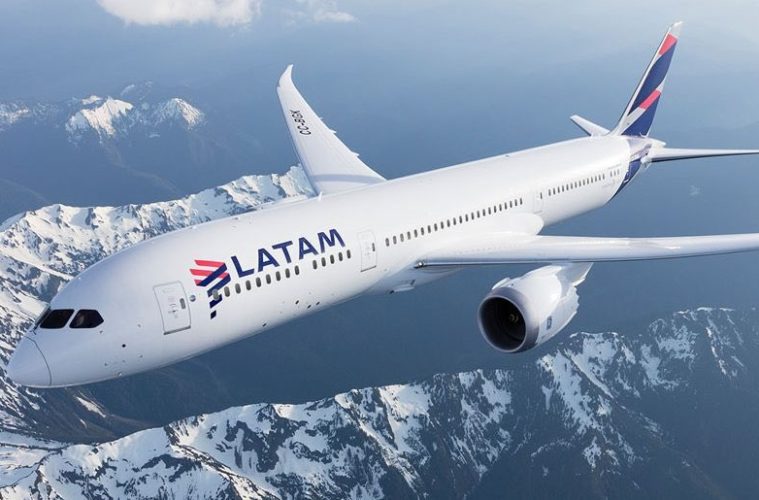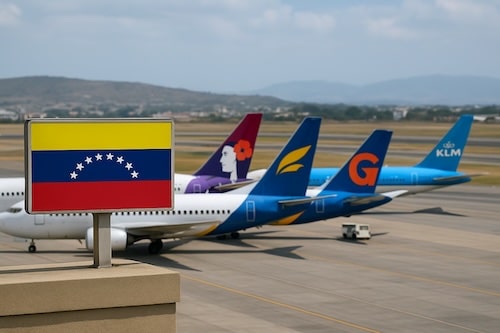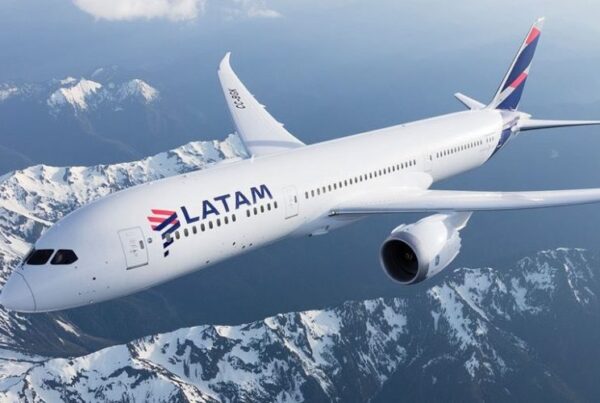
LATAM Cargo reports strong loads on its transatlantic routes to Europe, and it is cautiously bullish about the present air freight market. The airline business, which is headquartered in Brazil, Chile, and Colombia, said it needs to expand capacity, particularly on transatlantic flights where freight shipments like fresh flowers and fruits are frequently made.
According to Andrés Bianchi, CEO of LATAM Cargo, “Transatlantic flows continue to remain solid, but it’s a market we are monitoring attentively since various variables are moving in different directions.” He cited the weaker euro as an example of how demand outside of Europe may be stimulated, but capacity constraints between Asia and Europe had affected flows.
“On the supply side, the capacity has increased due to the rebound in passenger flights, but actual cargo capacity is lower than what you would expect,” he added. This is because of highly high passenger load factors. According to Mr. Bianchi, steady perishable European imports have been maintained by solid demand from Brazil, Colombia, and Ecuador.
We believe that successfully serving transatlantic routes to and from South American markets necessitates properly balancing belly and cargo capacity due to the intense competition and high market demands. According to IATA, Latin American airlines recently experienced the fastest rise in air cargo, with volumes increasing by 9.2% in July over the same month last year. For the upcoming months, numerous airlines have invested in more aircraft capacity.
Additionally, commerce between the EU and South American nations is still expanding. An EU trade deal incorporating full or partial tariff liberalization, which creates prospects for air freight, benefits Ecuador, Colombia, and Peru in particular. The EC claims that, with certain exceptions for a few perishables, the EU has been removing duties on nearly all exports from Colombia, Peru, and Ecuador.
The three Andean nations receive the most produced items from the EU, mainly machinery, transportation equipment, and chemical products. In the opposite direction, agricultural, petroleum, and mining products are shipped from Colombia, Peru, and Ecuador into the EU.
The majority of demand drivers during Covid sustained substantial growth, according to Mr Bianchi, who examined the shifting trends that followed the pandemic. We don’t think that will be the case shortly; instead, we expect a slowdown in overall demand, which a quicker recovery of belly capacity will exacerbate. He continued with slightly different O&D and product mixtures, “In the medium run, we still anticipate a favorable climate for freighter capacity. The challenge in that situation will be to combine an appealing value proposition with efficiency and flexibility.
To meet demand, more 767 freighters are planned to be added, and by year’s end, 16 767s will have been modified. LATAM should increase due to 767’s adaptability in creating long-haul, regional, and feeder markets. The need for mid-sized widebody freighter conversions is evidenced by Boeing’s expansion of 767 converted freighter (BCF) production and by Gameco’s opening of a second conversion line in April.
Since we chose Boeing as our sole source, we are operating seven converted B767s, the most recent of which was delivered in July, according to Mr. Bianchi. He continued that six more airframes will undergo conversion by the end of 2023, adding that the company would continue to convert aircraft in the following months.
LATAM Cargo is not immune from the labor problems the aviation industry deals with. The airline has gradually reached targeted staffing levels by implementing measures to improve productivity and retention and expand the sources of potential workers, according to Mr. Bianchi. He also noted that workforce shortages are a reality throughout the industry and that, in our case, we were hit the hardest in 2021.



